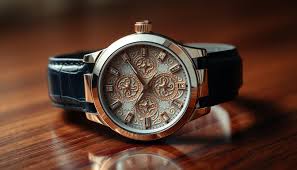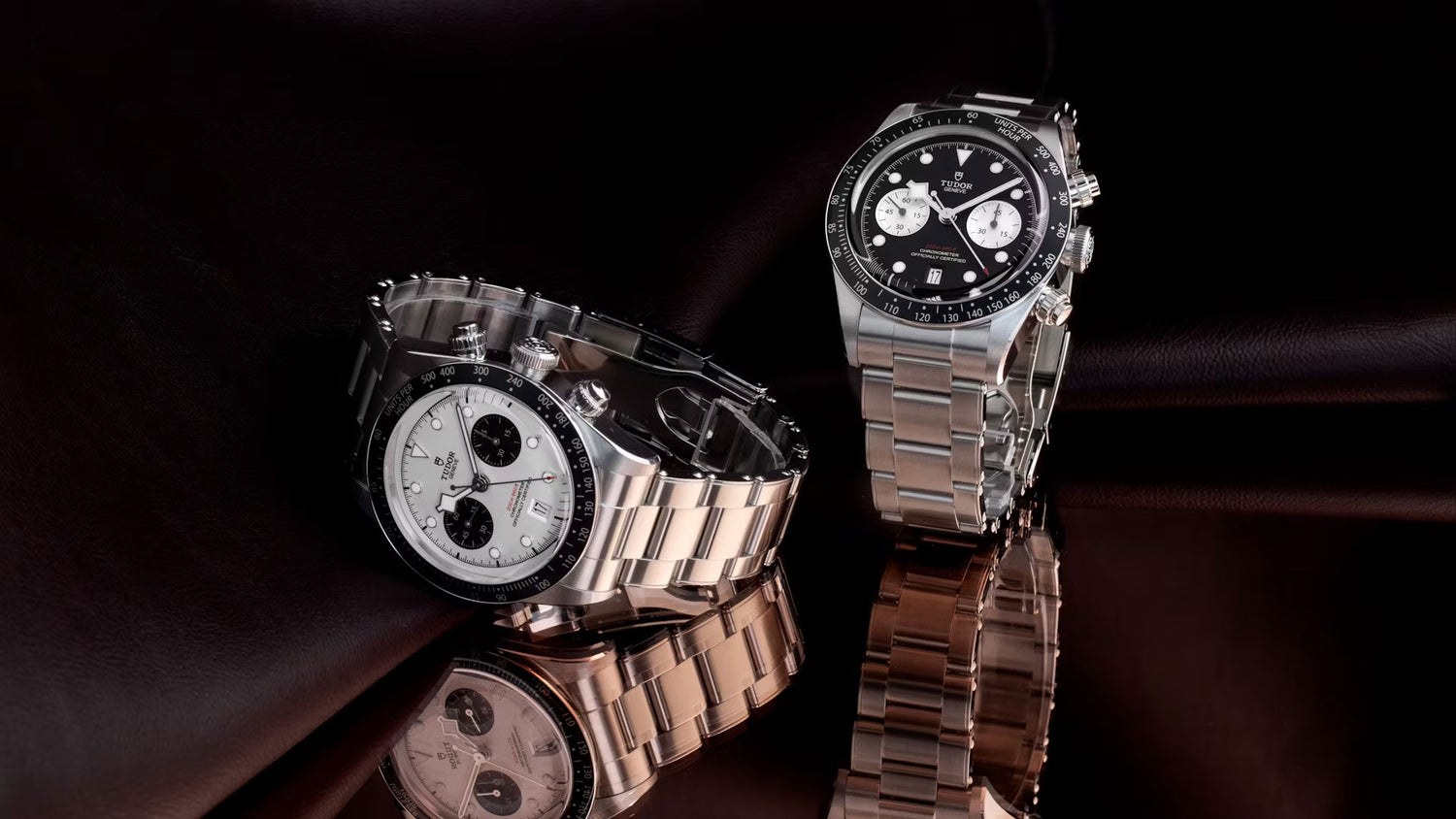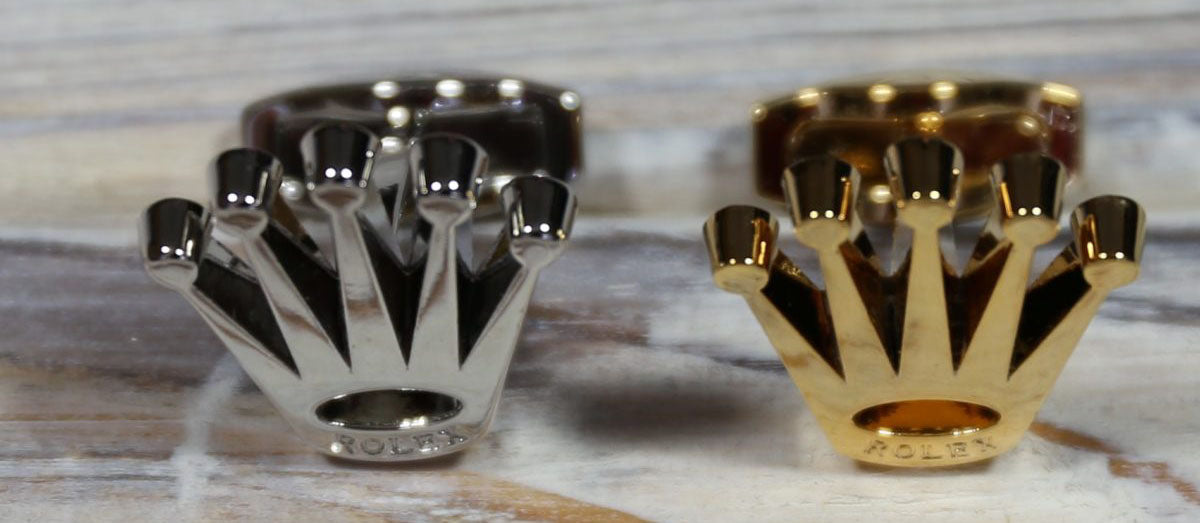Introduction
During the pandemic, many consumers flushed into the market with bucks, ready to show interest in collectables and eager to purchase brand-name watches, resulting in a high demand for luxury watches.
However, we witnessed a large gap between demand and supply, giving rise to the secondary market price, which exceeded retail value. When the Federal Reserve started to raise the rates in 2022, the top market was established. It is unfortunate to state that modern watch enthusiasts are patient, and trends indicate that these consumers believe there is a better time to buy a timepiece. Consequently, weak demand is hitting exports, leaving investors wondering if this is the time to buy the falling luxury watches. Let us dive deep into the details.
Luxury watch price fluctuations in 2024
Consumers flushed the market with cash during the pandemic, increasing the demand for luxury watches. The evident interest in collectables clamoured interest in purchasing brand-name watches. When this was witnessed, a gap between demand and supply increased, increasing the secondary market beyond retail. Research indicates that the market reached its maximum in March 2022.
Based on the top 10 luxury watch brands, the watch charts show that the market index fell 40% from its maximum in 2022. This was based on the transaction weight. It peaked at $48k, while the minimum was $29k+. This is a decline in a row of eight quarters.
A good example is the Swiss watch, which indicated weak demand hitting exports. Brands like Patek Philippe, Audemars Piquet, and Rolex make up two-thirds of transactional values, which plunged in March by 16.1% year-on-year. Federation of the Swiss Watch Industry indicates that wristwatch experts reduced by 25.4% in March, and the decline spread to 2023, also affecting the price segments.
Weaker demand for most brand markets was witnessed in March when exports to Japan, China, and the U.S. fell by respective percentages. Expensive watches dropped export sales, but the decrease was not profound for low-priced items.
To date, lower pricing has not increased new demand. The best explanation for this might be that profound brands still trade in the secondary market with premium retail value. However, based on the WatcghCharts report 2024, it is clear that selected brands are commanding premiums based on retail price. A good example is AP, Patek, and Rolex, which trade above retail prices.

Source: WatchCharts Market Indexes
In excess demand, watchmakers, like other industries, never revamped the promotion, implying that supply was limited. Most of these luxury watches are sophisticated not only to operate but also to produce. To be specific, they are handmade, hence challenging to increase output.
For instance, Rolex is estimated to produce one million pieces yearly, while Patek Philippe only produces 60k. However, exotic brands such as F.P. Journe make few pieces. Legend brands such as Naoya Hida make less than 100 pieces annually in the microband market.
The microbrand segment market has become immune to the industry downturn. Many manufacturers expect 2024 to see more demand because, like Rolx, the brand has never received recognition and attention worldwide.
The issue with well-known brands on the market is that their increase in value is determined by the inventories available at the dealers, especially for the secondary market. Last year, Rolex and Patek Philippe's inventory increased by 25% and 46%, respectively. The same growth was seen in the first quarter of 2024. Thus, dealers or investors need to work on inventory building before moving the secondary watch price higher.
The same story also applies to publicly traded watches at the dealers, and a good example is the Switzerland Group PLC. If the stock price anticipates high earnings, popular luxury timepieces are unsafe.
Steps investors need to take
Investors and watch fans need to do a few things or expect to happen before they see changes. One is the demand recovery from major markets such as China and the USA. Still, you need to work through the dealer inventory. Lastly, investors must improve the sentiments of collectables and luxury items.
Before buying stock, understand that nominal interest rates and lower real are vital in reducing the inventory costs to evade liquidation as a dealer. With the lower interest rates, investors can induce buyers to shift from cash holding to non-income-producing assets. This will help increase the demand for luxury watches on the market. If you missed out on the stratospheric climb during the inception of the pandemic, then as an investor, watch out for the capitulation, which is a sign that you should buy or invest in luxury watches.



